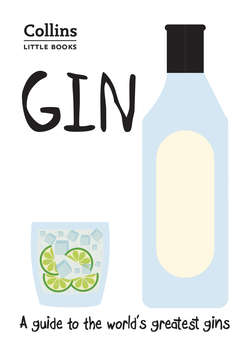Читать книгу Gin: A guide to the world’s greatest gins - Dominic Roskrow - Страница 9
ОглавлениеGin-related spirits: Old Tom
Nobody is absolutely sure where the name Old Tom comes from, but you’d be forgiven if you thought it had something to do with the expression ‘any old Tom, Dick, or Harry’, because it would seem it can be many things to many people.
Just as its naming is lost in the depths of time, so it would seem is an exact definition of it, but, in simplistic terms, it is a maltier, fruitier, and sweeter version of what we might now associate with traditional gin.
It occupies a space between the big, rich, malty genevers that the Dutch produced, and the sharper, tangy, and drier style of gin that we know as London Dry Gin. Walk into a gin palace or pub in the 18th or 19th century and order a gin, and Old Tom is likely to be what you would get. But by the 20th century its popularity had declined and London-style gin had replaced it.
The picture is further clouded by the fact that distillation techniques were evolving rapidly, there were no uniform or standardized methods of production, and, beyond the need for juniper berries to be among the botanicals, ingredients for it weren’t set in stone. Some Old Tom was exported in tired old barrels that didn’t influence the flavour of the spirit, while others travelled in active barrels and matured en route, giving them very different flavours.
The Old Tom style is being rediscovered, and leading drinks experts such as Dave Wondrich have worked with distillers to produce a modern version of the drink. Many consider the style to be the perfect stepping stone for a whisky lover to discover the joys of gin.
